
- By Theme
-
Destinations
-
Indian Destinations
-
International Destinations
-
- Best Places to Visit
- Packages
- Search Agents
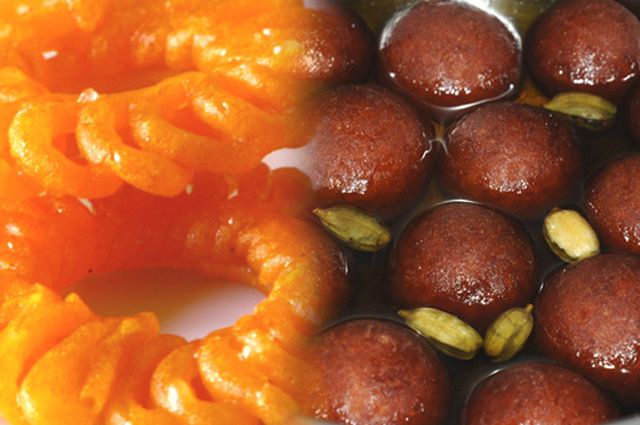
Let us all admit that we have a sweet tooth. After the last meal of the day or prior to it, there's a small craving that keeps hopping. It reminds that now your tummy demands something sweet and full of calories. Whether it's a laddu, peda, barfi, jalebi (please stick the tongue back), and other sweets, people adore eating them.
This 'culture' is running down since ages. The royal families also savored the finest of the Indian sweets during their era and their legacy is being carried effectively. People all over India eat various types of sweet dishes that are prepared in the same or the different way.
It's becoming irresistible, so here we present to you some appetizing sweets.
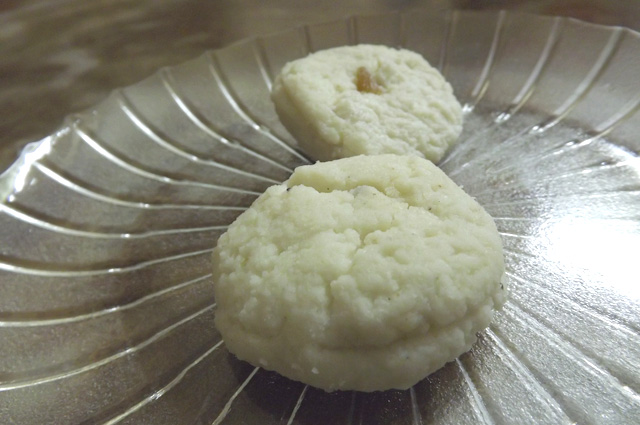
If you think that Bengal is refrained to the Rasgullas, oops! Rashogulla, then your flavors are about to change. Sandesh is an Indian mithai that originates from Bengal. It is a chenna based dessert and constitutes the ingredients like jaggery, sugar, and paneer as well. Trust us, even a badass person cannot resist himself after having a single bite of the dessert called Sandesh.
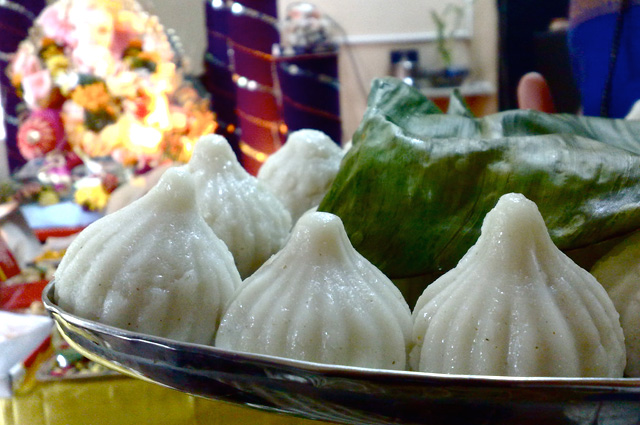
First of all, it's not a laddu. People usually get confused between a laddu and modak. Here's a simple difference, a laddu is round but a modak isn't. Let's move ahead. Modak is a sweet dumpling that is prepared using wheat flour or rice flour. It is an Indian sweet that is widely eaten and distributed as prasad on the occasion of Ganesha Chaturthi. It is a dessert that you should munch.
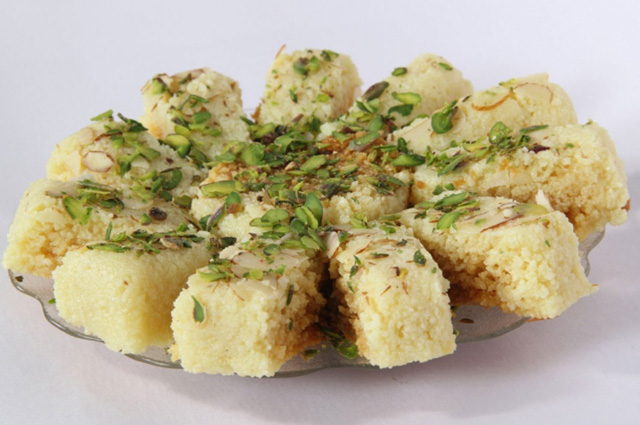
If anyone, excluding the diabetics, denies this then do not offer them the squishy and delicious Kalakand the second time. It is popularly known as milk-cake because it is a milk based dessert that is one among the all-time savored Indian sweet items. This sumptuous sweet dish is made using milk, sugar, chhenna, and dry fruits like the pistachio. The milk is boiled and continuously stirred with sugar and chenna to make it thick. The entire miscellany is stored in a mould and cooled at room temperature. The next step- gobble it!
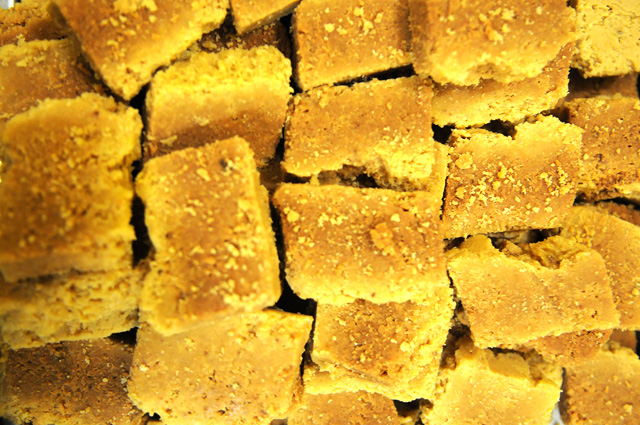
Ladies & gentlemen aka dessert lovers, please rise as we welcome a royal sweet dish among us. Hailing from the royal era of Mysore, this sweet dish is all set to rule the taste buds. The gram flour, sugar, cardamom, and ghee are the prime ingredients for the preparation of Mysore Pak. The texture of this appetizing sweet is the same of fudge. We know, you just licked your lips.
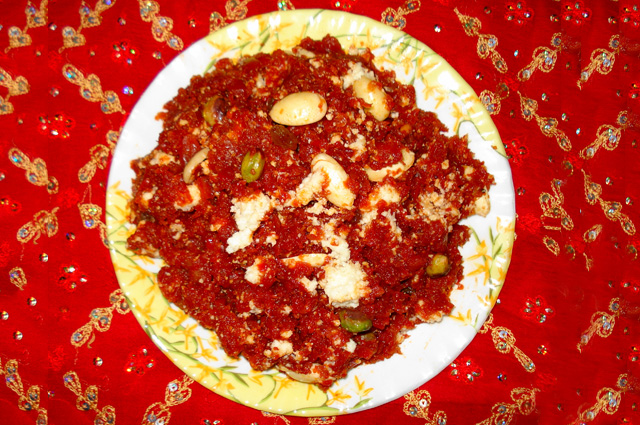
Here comes another champ! What else can be the righteous way of eating the carrots? Gajjar Ka Halwa is a famous Indian mithai that is eaten on a wide scale. This flavorsome dish also emanated during the Mughal era, so it is another royal dessert among us! It is an easy-to-prepare dish. It can be made by placing the grated carrots in a pot with a specific amount of condensed milk, sugar, and grated khoya. The word NO doesn't exist when someone offers you gajjar ka halwa.
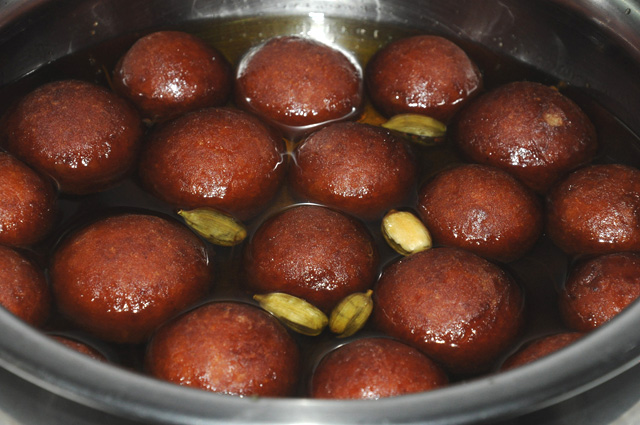
Raise your hands if you adore eating these mushy sweet balls. Whether it a special event or you have a craving after a meal, Gulab Jamun will never ditch you. One of the favored Indian sweets, Gulab Jamun is eaten on a wide scale. It is made up of the condensed milk solids cooked on slow flame. This squishy stuff is kneaded and rolled into the sweet balls that are prepared in chashni (sugar syrup). Can't wait more, bring 2 pieces, please.
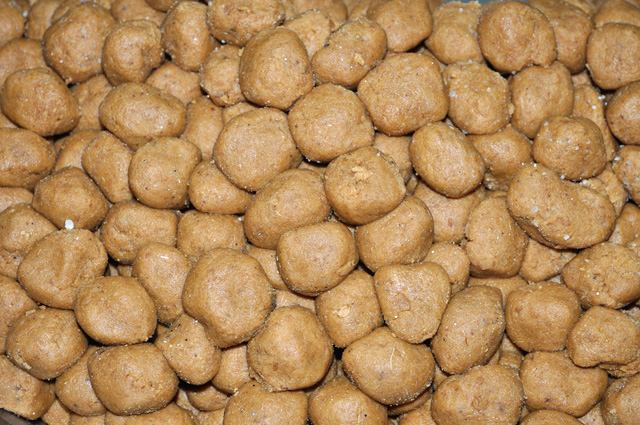
Loved by the millions and millions, Petha from Agra and Peda from Mathura are the sweets to whom no one says no. Trust us, petha is a healthy sweet for you because it is prepared from the pumpkin. A pumpkin is full of healthy vitamins and thus, petha equals health. And now, comes the Peda. It is a small round heart-throb that rules the taste buds of entire Mathura. It is another sweet that is prepared using milk solids and khoya.

And we introduce to you, the South Indian pancake, Neyyappam. A sweet dish on which the entire Kerala savors is known as Neyyappam. This appetizing mithai is prepared out of ghee, rice, jaggery, grated coconut, and cardamom powder. Traditionally, it is prepared in a special utensil called appakara. Ask your South Indian friend/neighbor about Neyyappam and they'll not stop praising this heavenly dish.
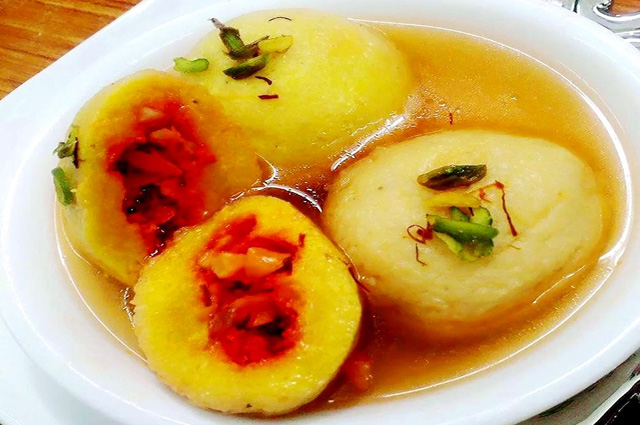
Do you believe in the doppelganger theory of the Indian sweets? If no then you'll start believing it. Resembling the spongy Rashogulla of Bengal, Raj Bhog is a lip-smacking sweet from the Indian state of Bihar. Take a look at it and you'll find no difference between a rasgulla and raj bhog. It is an astounding dish that should be savored once in a lifetime.
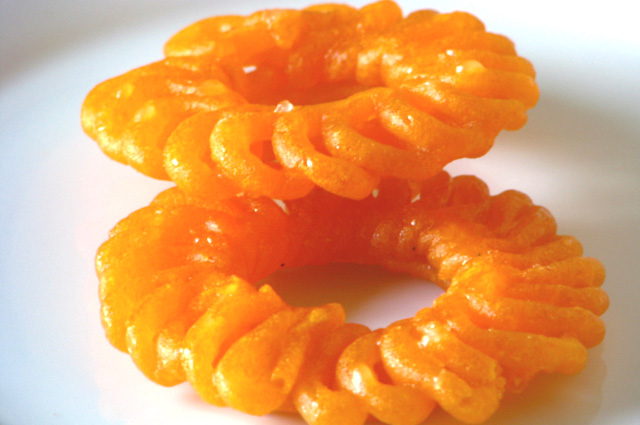
Every foodie calls her 'Jalebi Bai' with affection. Jalebi is a sweet dish was introduced to India by the Persians. It was a royal sweet dish in the then era and was popular among the elite. Today, Jalebi is eaten widely in India and is prepared by frying maida in sugar syrup.
Imarti is a cousin of Jalebi and is prepared out of black gram flour, ghee, and sugar. It is spherical in shape and is hard as compared to Jalebi. Hey, wait, no discrimination here! Let's savor them both.
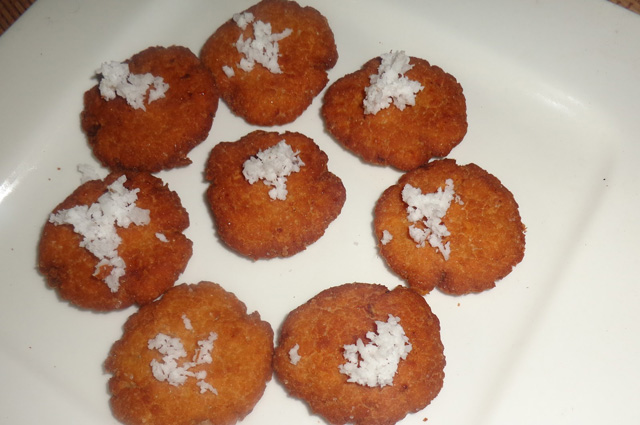
Adhirasam is one of the famous sweets in Kumbakonam, Tamil Nadu. It is a spherical pastry that is primarily made up of rice flour, jaggery, and pepper. Adhirasam is regarded as a dessert that is offered in the temples. It began during the reign of Krishnadeva Raya and continues till date. People prepare Adhirasam on the occasion of the Panchavarnesvar fest. But you don't have to wait for the fest because it can be savored anytime.
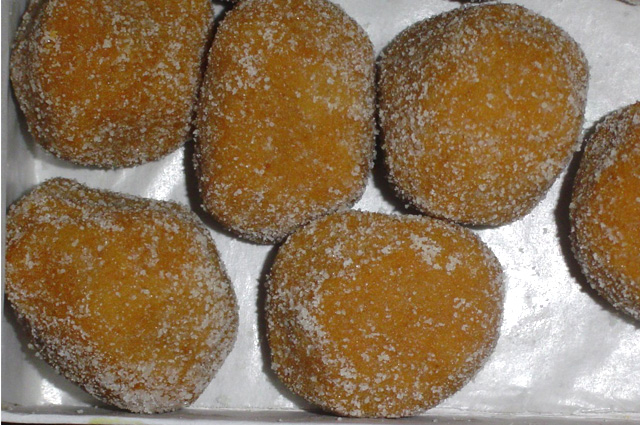
Seems that the royal families had a sweet tooth! Last, but not the least, Dharwadh Pedha is another royal dish from Karnataka. This Indian sweets is prepared using the thick milk and sugar. The thick milk is stirred continuously whilst the sugar is added to it. When the liquid begins creating lumps, it is cooled down and added to the dough of maida. Fine round balls are created out of it that are stored in the fridge to achieve a hard round shape.
That's all folks. You're done with the scrolling. You just read about the savoring sweets of India. If you are trying to recall the taste of any of the above-listed sweet dishes, you're free to stop reading and munch that lip-smacking sweet dish. And, readers, don't forget to tell us about the other dishes that aren't mentioned here.